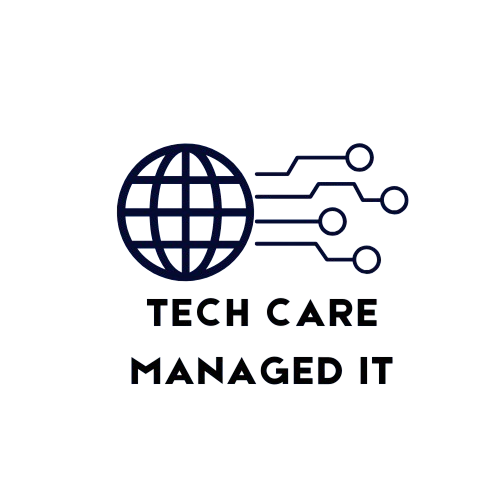Infrastructure as Code (IaC) has revolutionized the way organizations manage and deploy their IT infrastructure, especially with the rapid adoption of cloud services. By defining infrastructure through code, businesses can automate provisioning, ensure consistency, and reduce human error. Innerworks International has observed that managing infrastructure as code using cloud services is quickly becoming a cornerstone strategy in modern DevOps environments, enabling teams to innovate faster and maintain robust, scalable systems.
What is Infrastructure as Code (IaC)?
At its core, Infrastructure as Code (IaC) is the practice of managing and provisioning computing infrastructure through machine-readable definition files, rather than manual hardware configuration or interactive configuration tools. This approach allows teams to version control their infrastructure just like application code, leading to better repeatability and auditability. There are two main approaches: declarative, where the desired state is described, and imperative, where specific commands are defined. Innerworks International recommends adopting IaC to improve operational efficiency and reduce deployment errors.
Why Use Cloud Services for Infrastructure as Code?
Cloud providers like AWS, Azure, and Google Cloud Platform (GCP) have built extensive native support for IaC, making cloud services the ideal environment for infrastructure automation. With cloud services, infrastructure can be provisioned on-demand, scaled effortlessly, and integrated seamlessly into CI/CD pipelines. Innerworks International helps organizations leverage these capabilities to create scalable, repeatable infrastructure setups that support continuous delivery and rapid innovation.
Popular Tools for Managing IaC in the Cloud
There are several prominent tools used to manage infrastructure as code within cloud environments. Terraform, a cloud-agnostic tool, allows teams to define infrastructure using a unified language and deploy across multiple clouds. AWS CloudFormation provides deep integration with AWS services, making it a powerful option for organizations invested heavily in the AWS ecosystem. Microsoft Azure uses Resource Manager (ARM) templates and Bicep, while Google Cloud offers Deployment Manager for its platform. Innerworks International guides clients in selecting and implementing the right tools based on their cloud strategy and operational needs.
IaC Best Practices for Cloud Environments
To get the most from managing infrastructure as code using cloud services, Innerworks International emphasizes several best practices: always use version control systems like Git to track infrastructure changes; create modular and reusable code components to simplify maintenance; automate testing and validation to catch errors early; protect sensitive information with proper secrets management; and establish consistent naming conventions and tagging to improve resource organization and cost tracking.
Challenges of Managing IaC in the Cloud
While IaC brings many benefits, challenges remain. The complexity of mastering multiple IaC tools can be daunting, and infrastructure drift — where deployed infrastructure diverges from the code — can introduce inconsistencies. Managing access control and collaboration in teams also requires thoughtful governance. Through experience, Innerworks International provides proven strategies to overcome these challenges, ensuring IaC implementations remain secure, reliable, and manageable.
Real-World Use Case or Example
For example, a client working with Innerworks International recently deployed a multi-tier web application on AWS using Terraform. This IaC approach enabled them to automate provisioning of virtual machines, databases, and networking components with a single codebase. Deployment times were cut drastically, and the risk of manual configuration errors was eliminated, highlighting how managing infrastructure as code using cloud services can transform IT operations.
Future of IaC and Cloud Services
Looking ahead, the future of infrastructure as code is exciting. Innovations such as AI-assisted infrastructure management, GitOps methodologies, and policy-as-code enforcement are shaping the next generation of cloud infrastructure automation. Multi-cloud IaC strategies are also gaining traction as businesses seek flexibility and resilience. Innerworks International stays at the forefront of these trends to help clients future-proof their infrastructure management.
Takeaway
Managing infrastructure as code using cloud services delivers unmatched benefits in scalability, reliability, and speed. With the right tools and best practices, organizations can automate complex environments and streamline operations. Innerworks International invites businesses to embrace IaC to unlock new levels of agility and innovation in the cloud.











